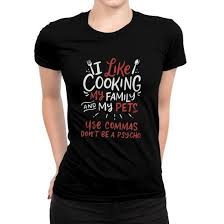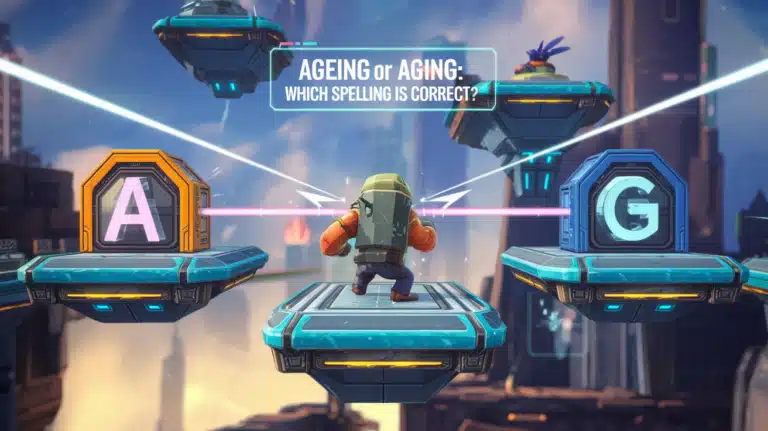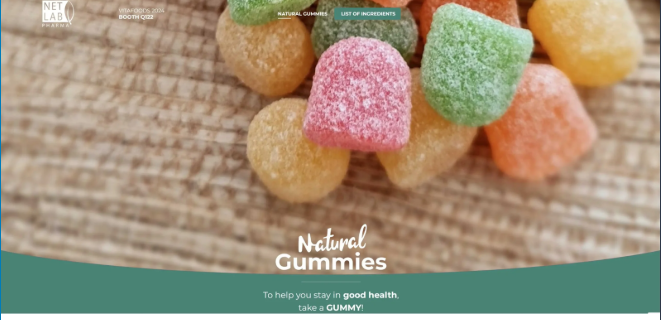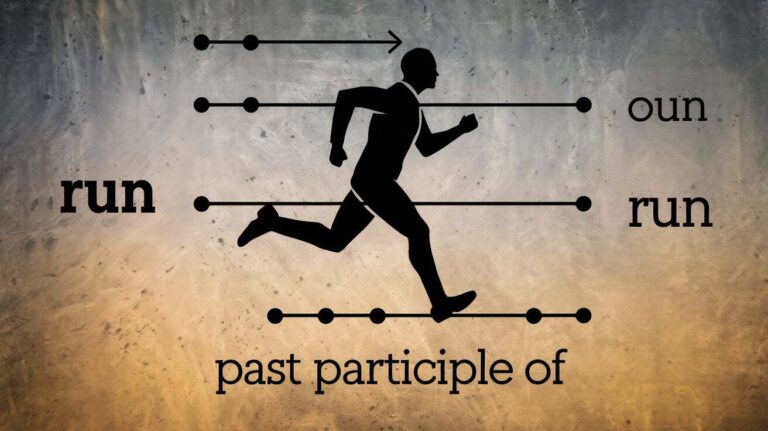Wearing Words: Why Punctuation and Grammar Matter on Apparel
Imagine stepping out wearing your favorite tee, confident in your look until someone points out the typo in the bold slogan across your chest. Suddenly, that power statement becomes an awkward conversation starter. Whether you’re into ironic phrases, thought-provoking slogans, or bold brand messaging, one thing is clear: punctuation and grammar matter especially when worn.
In an age where fashion talks, literally, every comma, apostrophe, and capital letter on your clothing carries weight. Apparel is no longer just about color or cut, it’s about the message. And when that message is flawed, the entire outfit can fall flat.
The Rise of Text-Based Fashion
From streetwear to high-end collections, text on clothing has become a full-blown trend. Designers use shirts, hoodies, and jackets to project messages political, emotional, humorous, or rebellious. Whether it’s a motivational quote or a sarcastic jab, these words walk the streets, enter coffee shops, and make it to social media feeds. They speak louder than ever.
But what happens when those words don’t make sense?
That’s when grammar and punctuation step in not as rules for perfectionists, but as essential tools for clear and impactful expression.
Small Errors, Big Embarrassments
Let’s take a classic example:
“Let’s eat, kids” versus “Let’s eat kids.”
The first invites children to dinner. The second sounds like a horror movie plot. One comma, just one completely changes the meaning.
When grammar goes wrong on clothing, it’s often unintentionally hilarious. But for the designer or wearer, it can also be embarrassing. These small details are more than nitpicks; they affect how a brand or person is perceived.
Imagine paying a premium price for a hoodie that says “You’re the best.” That misplaced your doesn’t just look bad it feels bad. It takes away from the style and makes the message feel careless.
Fashion Is Communication
Every shirt with a slogan is making a statement. It’s a form of wearable communication. If we care about the font style, color, and fabric quality, shouldn’t we also care about how the message is written?
Let’s be honest, typos and poor grammar give off the impression of laziness or a lack of attention to detail. That’s the last thing you want when you’re trying to express your identity or showcase your brand.
Consumers today are smart, opinionated, and very online. If your apparel says something, it better say it right. Otherwise, it risks becoming a screenshot on Reddit’s “CrappyDesign” thread.
Grammar: The Style Accessory You Didn’t Know You Needed
Punctuation and grammar are to text what accessories are to an outfit. They add clarity, personality, and polish.
For example:
- “I’m tired. Let’s eat.” — Calm and composed.
- “I’m tired, let’s eat!” — Slightly peppy.
- “I’m tired let’s eat” — Confusing and flat.
On a shirt, that punctuation doesn’t just add tone it dictates how the reader hears the voice behind the message. It transforms clothing from being just visual to being experiential.
Midway Spotlight: peeling flesh hoodies
That’s why emerging brands like peeling flesh hoodies are gaining traction. They’re not just about edgy designs or dark aesthetics, they balance shock with sophistication. Every phrase printed on their apparel, no matter how raw or aggressive, is constructed with linguistic intent. This combo of gritty visuals and grammatically correct text builds trust, intrigue, and style credibility.
It’s easy to throw chaos on a hoodie. It takes skill to do it intelligently. Peeling flesh Merch manages to walk that line using words to provoke while respecting the craft of language.
Why It Matters to Brands and Designers
For fashion brands, especially those focusing on slogans or quotes, grammar and punctuation are non-negotiable. They affect branding, customer trust, and viral potential.
A typo can cost more than just a laugh it can damage credibility. And with social media users quick to call out mistakes, you don’t want your design going viral for the wrong reason.
On the flip side, smartly written slogans get shared, screenshotted, and remembered. They resonate. They connect. They feel right. That’s the power of getting your grammar in check.
Knowing When to Break the Rules
Of course, fashion is also about bending norms. Many brands use lowercase lettering, intentional misspellings, or punctuation-free phrases to create mood and aesthetic. That’s totally fine if it’s intentional.
There’s a big difference between “dont care anymore”as a stylistic choice and “dont care anymore” because someone forgot to proofread. Rule-breaking works when it’s conscious, controlled, and creatively consistent.
Take streetwear for example. All lowercase, glitchy fonts, or missing punctuation can reflect rebellion and raw energy. But again it’s about choice, not error.
Helpful Tips for Grammar-Savvy Apparel
If you’re creating clothing with text, here are a few tips to ensure your message hits the mark:
- Proofread everything—twice
Even if it’s just three words. Get a fresh pair of eyes to review it. - Use online grammar tools
Grammarly, Hemingway Editor, and other free tools can catch easy errors. - Know your brand voice
If your brand is rebellious, maybe skipping periods works. But don’t let laziness pretend to be style. - Test your design with others
What looks obvious to you might confuse someone else. Ask for feedback. - Hire a copy editor
If you’re a growing brand, it’s worth investing in a language-savvy collaborator.
Final Threads: Words Matter—Wear Them Wisely
Whether your shirt says “Power to the People” or “Don’t Speak Unless Spoken To,” the way it’s written is just as important as what it says. Grammar and punctuation aren’t boring they’re essential tools for clarity, style, and meaning.
And with the fashion world more text-based than ever, these tools deserve a place alongside your mood board, color swatches, and embroidery choices. Because every comma, dash, and apostrophe is another stitch in your story.
Next time you throw on your favorite slogan tee or design your brand’s next drop, remember: you’re not just wearing clothes. You’re wearing words. Make them count.







